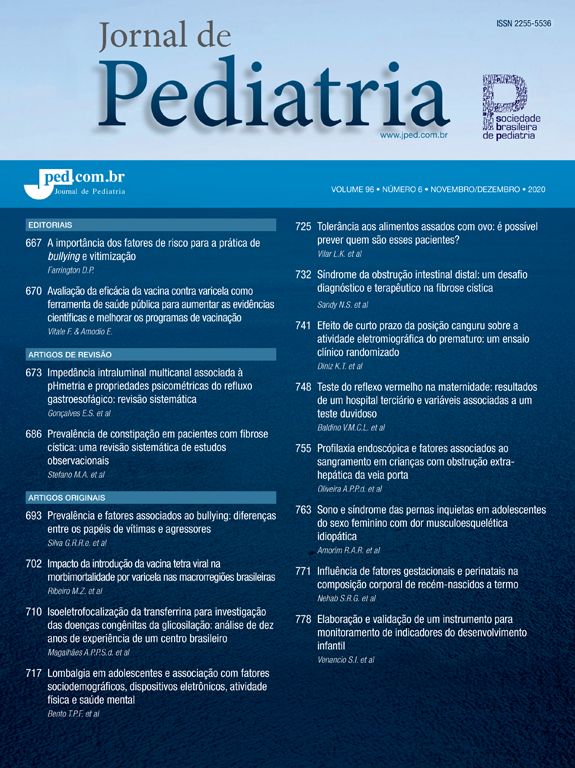Stillbirths are a common event in areas where reproductive health care is poorly delivered, such as the Northeast region of Brazil. This case-control study aimed to identify risk factors associated to foetal deaths occurred in a major obstetric facility of Fortaleza, 1.7 million inhabitants, Northeastern Brazil. 125 stillborn foetus over 20 weeks of gestation (cases) were compared to 250 healthy newborns (controls), in relation to socioeconomic, reproductive, behavioral and morbidity characteristics of their mothers. Crude and adjusted Odds Ratios were then calculated. After adjustment for confounders, the following characteristics of the mother remained as risk factors for stillbirths, with OR statistically significant at the 95% level: attending <5 antenatal consultations during pregnancy (OR=3.30 ; CI=1.92 - 5.07 ), illiterate mother (OR=3.30; CI=1.84 - 5.92 ), mother's age above 19 (OR=2.73 ; CI=1.42 - 5.24 ), monthly family income of 1 minimum wage or less (OR=2.12 ; CI=1.03 - 4.35 ) and severe illnesses or complication during pregnancy (OR=1.75 ; CI=1.01 - 3.03 ). Inadequate attendance to antenatal care consultations was the risk factor most strongly associated to stillbirths. Similarly, it was the condition most amenable to change in a short term, among those identified as risk factors.
O fator de impacto mede o número médio de citações recebidas em um ano por trabalhos publicados na revista durante os dois anos anteriores.
© Clarivate Analytics, Journal Citation Reports 2025
O CiteScore mede as citações médias recebidas por documento publicado. Mais informação
Ver maisSJR é uma métrica de prestígio baseada na idéia de que todas as citações não são iguais. SJR utiliza um algoritmo similar ao page rank do Google; é uma medida quantitativa e qualitativa ao impacto de uma publicação.
Ver maisSNIP permite comparar o impacto de revistas de diferentes campos temáticos, corrigindo as diferenças na probabilidade de ser citado que existe entre revistas de distintas matérias.
Ver mais







